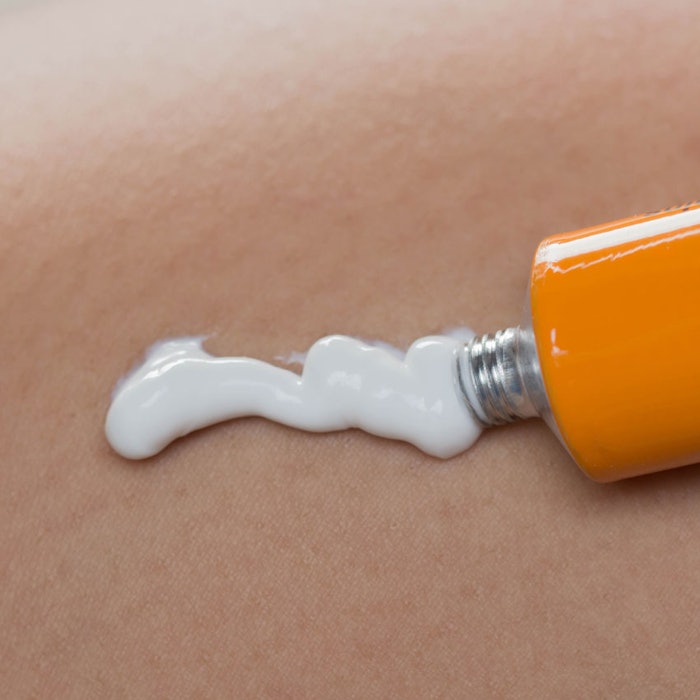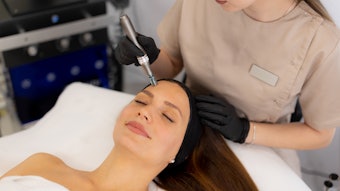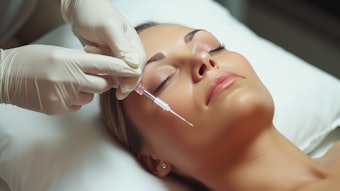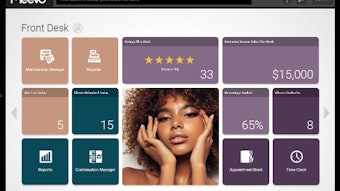
Editor's note: This article is an adapted excerpt taken from Global Cosmetic Industry. Read the original full article, here.
Achieving beautiful skin is no longer confined to wearing makeup or applying anti-aging creams. Consumers are moving toward healthy lifestyles and want to feel and look good. To do so, they seek to maintain hydrated, luminous skin; protect it from external impurities via anti-pollution solutions; and gain a gradual tan without the burn.
Along with this mindset comes a greater awareness of the ingredients used in products and a declining interest in unnatural tans. This is perhaps what is driving the beauty industry to align itself more proactively with health care. Among the most dynamic beauty segments, particularly with skin and sun care, is dermocosmetics—and moving forward, this may be a detriment to remedial options such as anti-aging treatments. Dermocosmetics by definition is where cosmetics meet dermatology or where beauty meets health.
Quest for Prevention
Prevention is proving to be a formidable source of growth in skin and sun care. Acne-sufferers are already aware of the scarring damage it caused by acne, the unsightly look of flaring eczema and the difficulty of reversing wrinkle formation caused by sunburns, dry skin and older age. Hence, consumers are getting used to the idea of using preventative products at a younger age.
It’s no wonder the shift is being driven by millennials, whose ultimate aim appears to be quashing the longer-term need for anti-aging solutions. The result is a robust prospect in products that support skin maintenance—often with anti-aging benefits—including face masks, cleansers and moisturizers.
As a result, anti-aging approaches, which remain solid at the moment, might eventually lose some of their spark, with strong activity coming from other skin care categories. This scenario is boosting dermocosmetics, and variants that embody similar characteristics such as health-alignment and the use of powerful natural ingredients.
Dermocosmetics and Nutricosmetics
Examining beauty dietary supplements and beauty-from-within sales, it is apparent this space remains Asia-centric, where the idea that beauty is what you eat is rooted in local culture. In other regions, most notably North America, legislative constraints, consumer cynicism and a desire for instant visible results limit the segment’s growth. As nutricosmetics have struggled to take off beyond Asia-Pacific, those with backing from credible, high-equity dermocosmetics brands stand the best chance of succeeding.
Looking at the total global dietary supplements segment, valued at $54 billion in 2015, only 6% of sales were from beauty-positioned supplements. However, this rose to 8% in Western Europe and 9% in Asia-Pacific.
Consumer preference remains overwhelmingly for health-positioned supplements, which may include ingredients such as vitamin C that provide, but do not acknowledge, beauty benefits. While the state of our hair and skin reflects personal health, a “beauty” claim is often too “shallow” for the consumer, compared to a health claim—especially in an era when consumers demand tangible proof of efficacy.
Seemingly, nutricosmetics are bound to be the underdog within the wider beauty and nutraceuticals industries for the foreseeable future. The tough reality is that nutricosmetics cannot survive in isolation and need to be part of a broader regime that includes topical applications and a wider spectrum of health supplements.
Editor's note: In the end, nutricosmetics aligned with dermocosmetics pose an interesting and dynamic duo with which the anti-aging category may find itself competing or evolving, or to which it may acquiesce.










